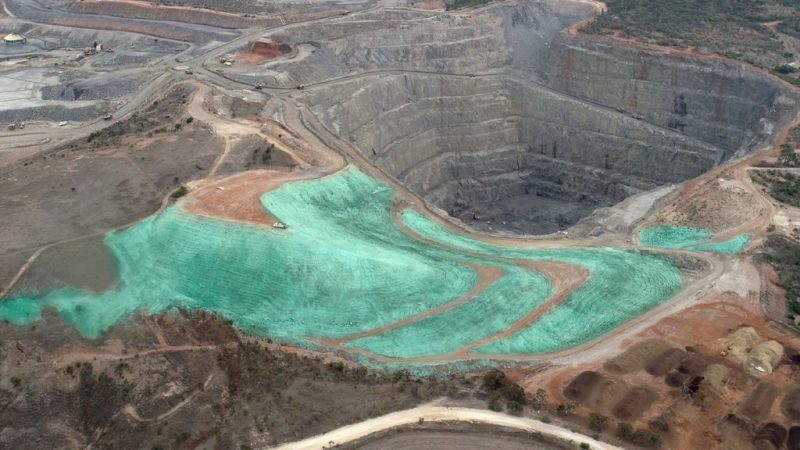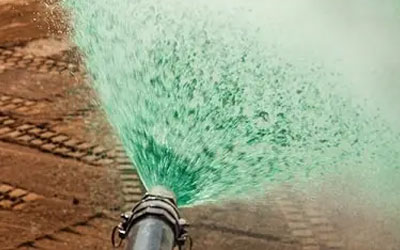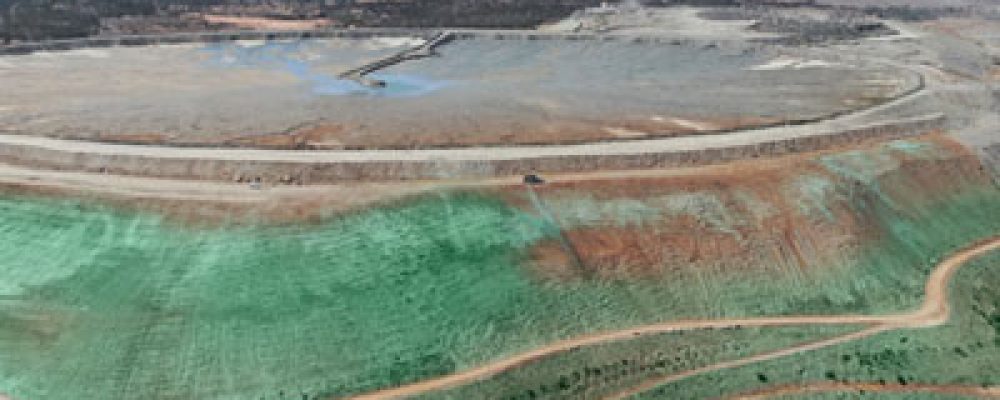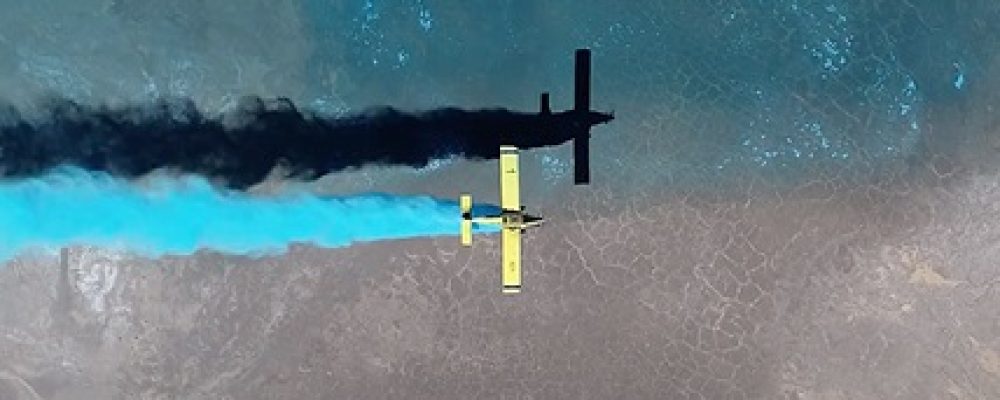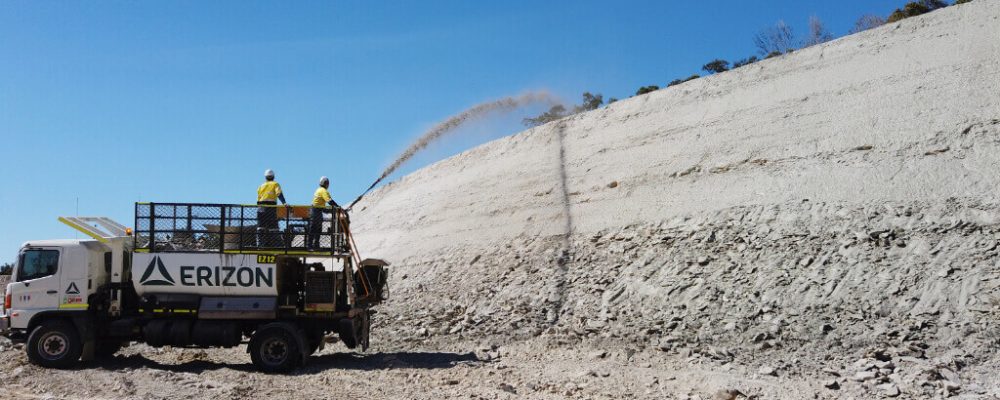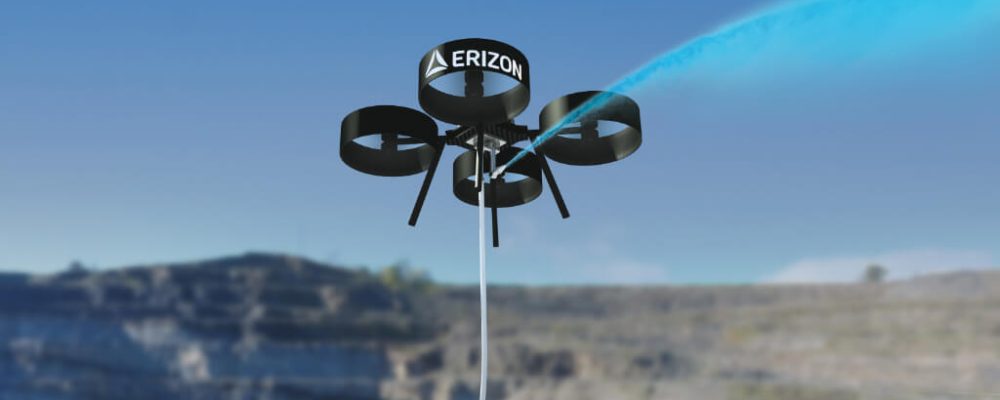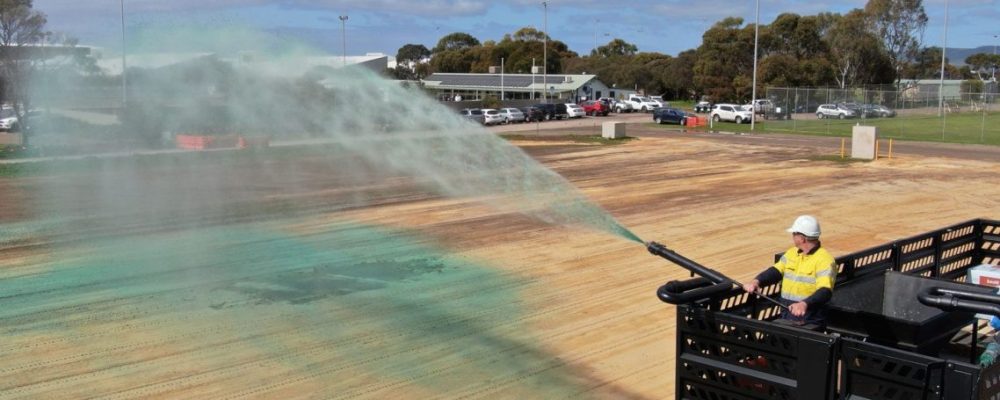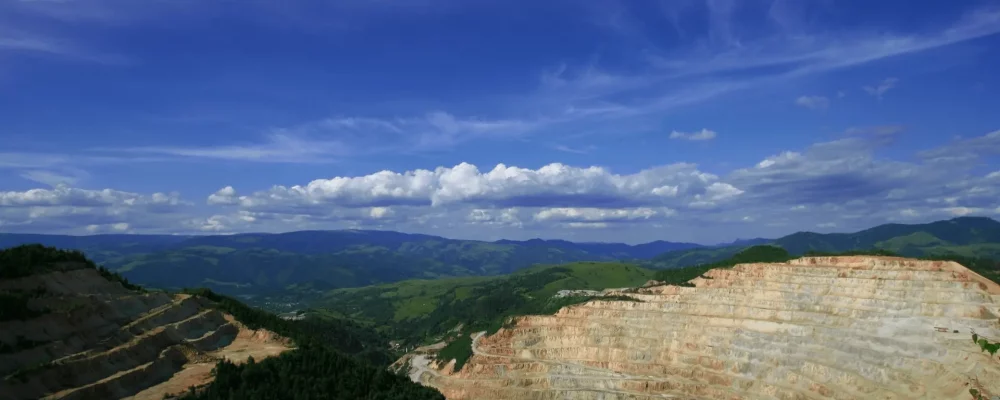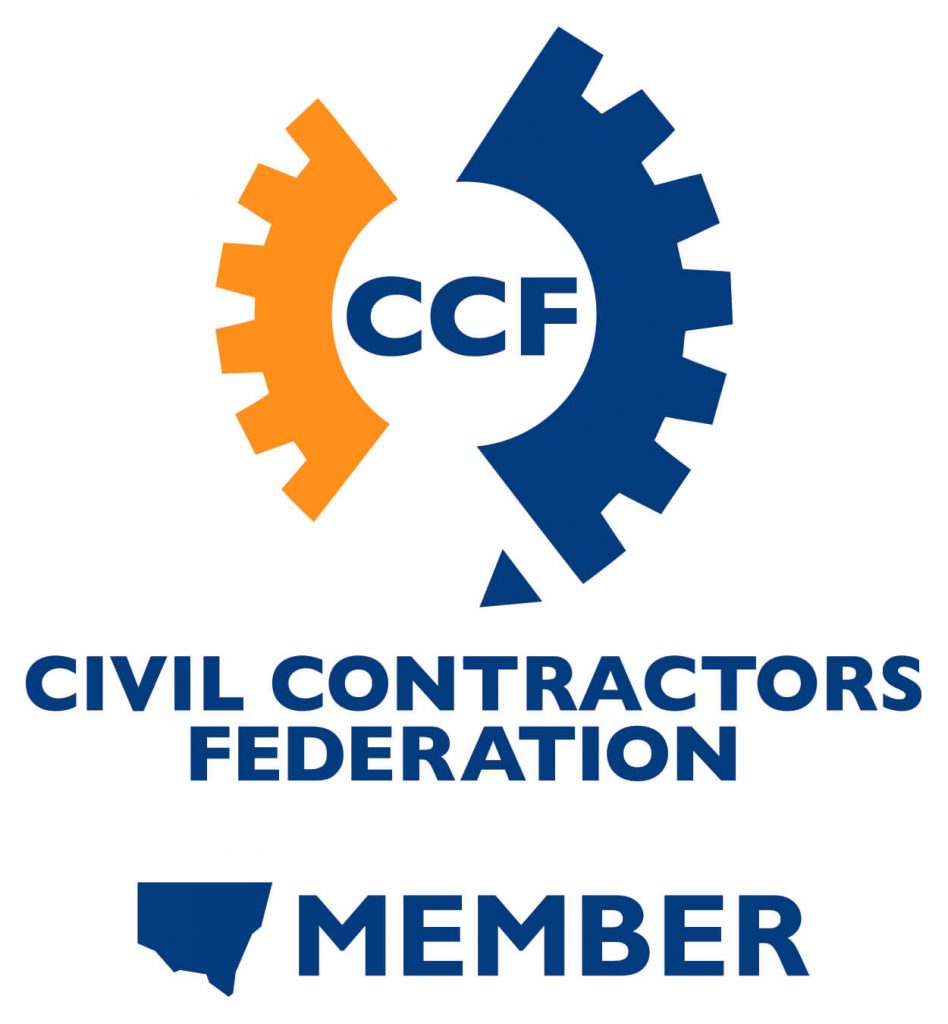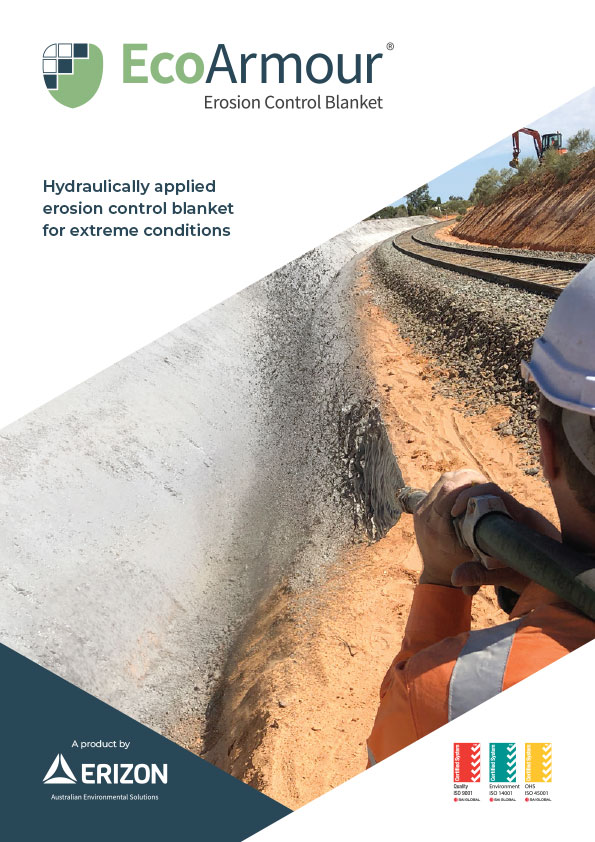What is erosion, an erosion control blanket, and concrete alternatives?
When looking at options for erosion control, erosion control blankets and concrete alternatives are a common choice. Since their humble beginnings as natural-fibre jute rugs in the 1950s, these erosion control products are rapidly developing in line with an exponential increase in demand. As technology advances, the evolution of erosion control blankets and concrete alternatives continues, seeking improved effectiveness and sustainability to meet current environmental needs.
Here’s what you need to know about erosion control blankets, concrete alternatives, and finding the best erosion control method to help you reach your project goals.
Erosion
The process of erosion results in the wearing down of land. This is commonly caused by environmental forces such as wind and rain. In site rehabilitation, one of the most important considerations must be on the erosion impact on topsoil. Without vegetation cover, degraded land is at risk from the weather, with exposed topsoil likely to be carried away.
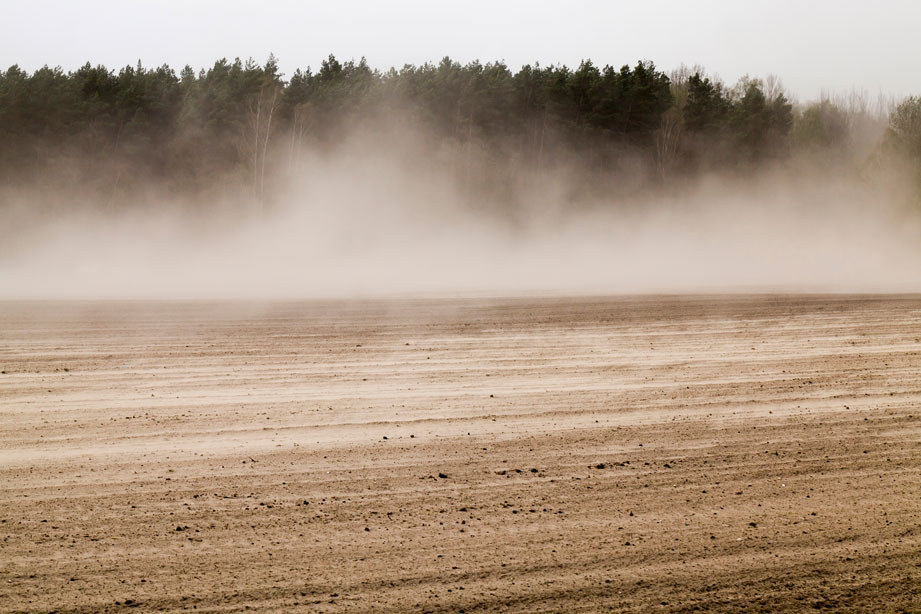
Wind erosion
Wind erosion is a particular risk where the topsoil is uncovered and dry – a common problem in many parts of Australia. Strong winds can remove the topsoil that contains essential elements and nutrients required for plant growth.
When the topsoil carried by the wind accumulates in different locations, it can potentially cause environmental or logistical issues. Additionally, there can also be a health risk associated with smaller dust particles that the wind carries around. Breathing in these dust particles from contaminated soils in mining or construction sites is a health hazard that must be prevented through effective erosion control.
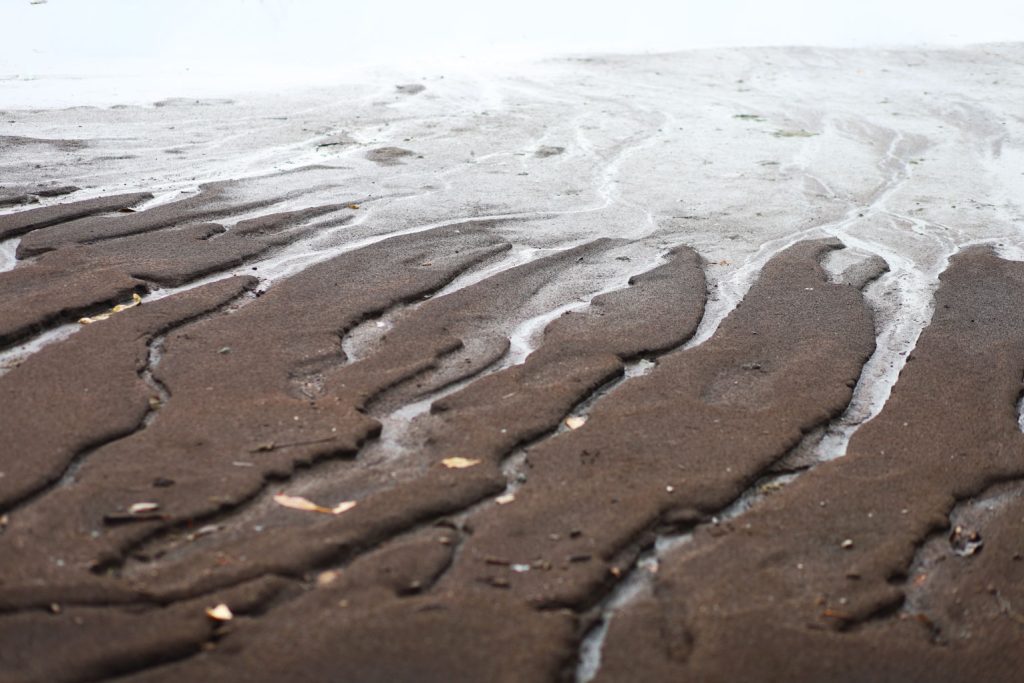
Water erosion
Water erosion is caused by water flowing across a surface and carrying the topsoil with it. Terrain with little or no vegetative cover is most at risk for water erosion.
As water moves across a surface and isn’t absorbed, it carries topsoil with it. As with wind erosion, the topsoil lost through water erosion results in the loss of nutrients and other organic compounds required for healthy vegetative growth.
Water erosion also has a significant impact on the local environment. Soil and other debris carried away by the water can wash onto roads or work areas or create blockages in the local waterways. Blockages can divert streams or creaks, severely impacting the existing ecosystem. Water erosion also often creates channels, even across access roads or work areas, creating hazards for those in these locations.
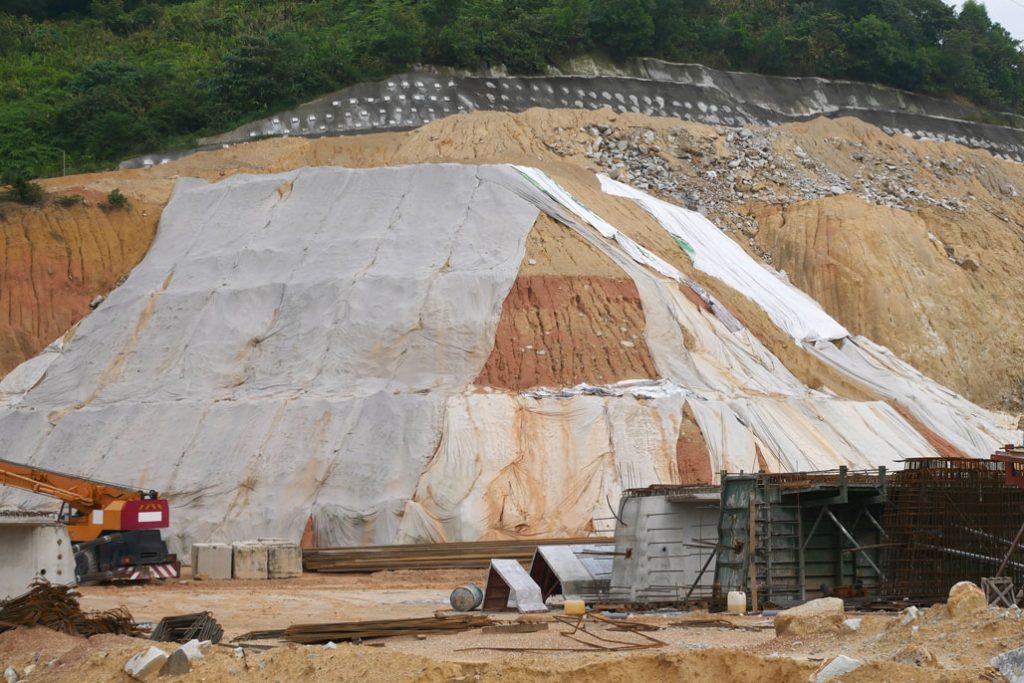
What are erosion control blankets and how do they work?
Erosion control blankets are biodegradable mats that provide a protective layer for the topsoil while assisting in establishing vegetation. Erosion blankets are traditionally open weave, made from wood fibre, jute, straw, mulch, or synthetic netting, which are then laid across the exposed soil onsite. This shields the topsoil from wind erosion by preventing it from being picked up and carried away. The open mesh design of erosion control blankets slows the flow of water across, resulting less soil displacement and improved water absorption. Erosion control blankets are often used to help with the revegetation of target locations. Seed and mulch are usually applied before the mesh blanket is laid across the top. The mulch can also be used in the blanket rather than applied with the seed. As the erosion control blanket degrades, the nutrients are absorbed by the soil to encourage healthy growth.
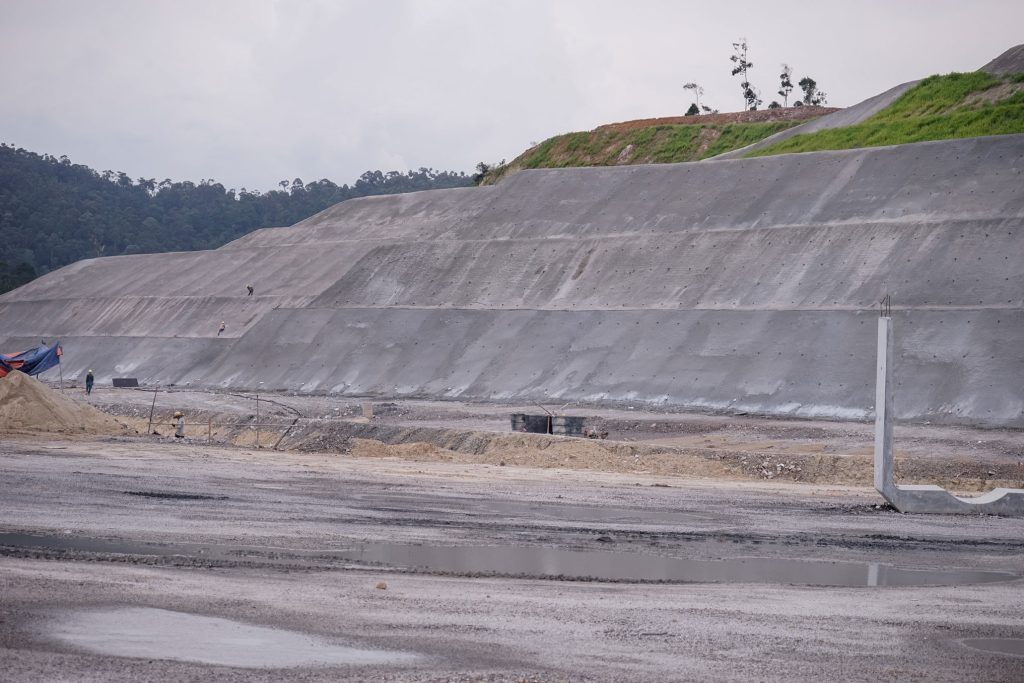
What are concrete alternatives and how do they work?
Concrete-infused fabrics, such as concrete canvas, and shotcrete are concrete alternatives to erosion control.
Concrete canvas is a flexible, geosynthetic fabric containing concrete mix in the fibre, available in three thicknesses. This concrete construction nullifies the need for plant or mixing equipment – it’s simply ‘concrete on a roll’. In use, the canvas is cut to the size necessary for the project site. It is then rolled out by a team and water is applied. This creates a thin, durable, waterproof, and fire-resistant layer that controls erosion.
Alternatively, there is shotcrete, a method of applying a cement, water, sand and aggregate mix sprayed pneumatically through a hose at a high velocity onto a surface or substrate. The force of the spraying leads to the compaction of the cement mixture, forming protective layers to the required thickness. There are both wet and dry mix processes of shotcrete, each with their own advantages. For additional stabilisation and erosion control on slopes, wire or mesh may be necessary in addition to the shotcrete.
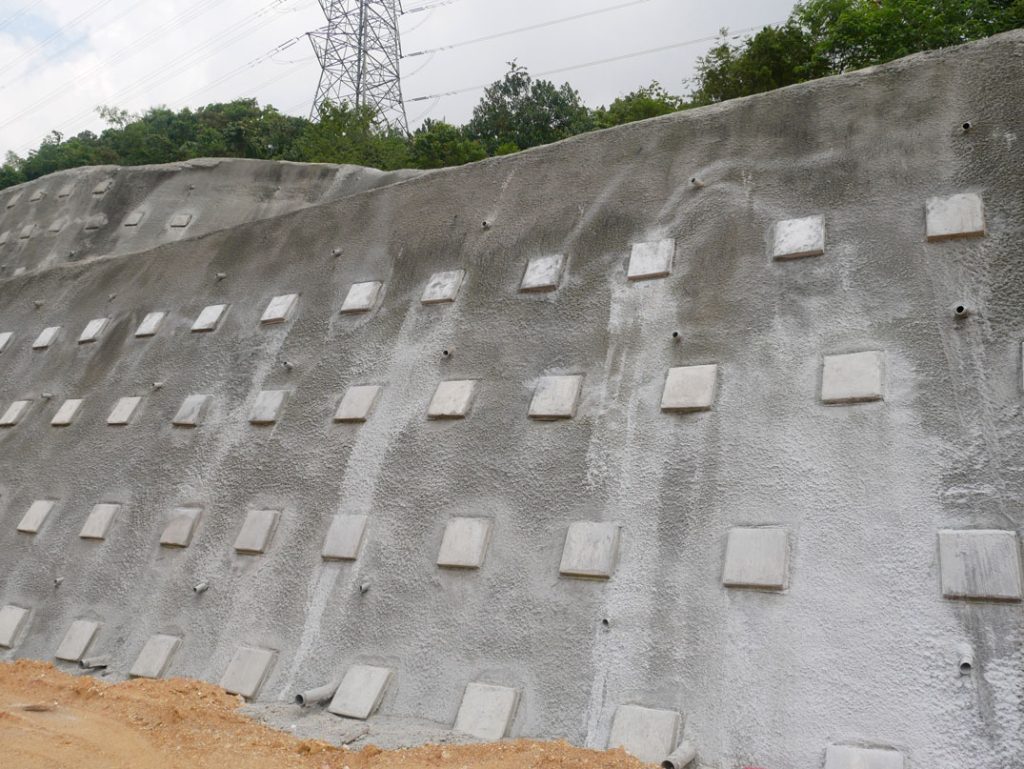
The best use for concrete alternatives and erosion control blankets
Both erosion control blankets and concrete alternatives can be effective methods of controlling erosion and stabilising slopes. Which is best for your needs will depend on your unique project requirements and the site’s conditions.
What makes concrete alternatives suitable for you?
Concrete canvas and other concrete-infused fabric alternatives are best utilised in infrastructure projects that require slope protection, erosion control and ditch, bund and channel lining. It is an economical, more environmentally friendly alternative over shotcrete. However, in hot conditions – common in Australia – concrete canvas must be rehydrated several times during the critical first 8 hours. This increases labour costs and application time.
Shotcrete, on the other hand, can be applied quickly and is ideal for slope stabilisation due to its versatility, durability and capacity to adhere to the soil. However, very steep terrains with poor rock mass may require additional stabilisation, with wire, mesh or fibres used alongside the shotcrete. It is widely used in new constructions and repairs in civil engineering. Before use, the intended site must go through intensive preparation, dependent on the substrate against which the shotcrete will be placed. Note that shotcrete should not be placed during rain or when rain appears imminent, meaning specific timeframes for application must be considered.
What makes a erosion control blanket suitable for you?
Where the stabilisation of a site and overall land rehabilitation is the goal, erosion control blankets are the perfect solution. Utilised across construction, mining, oil and gas, transportation infrastructure and waterway restoration, erosion control blankets prevent soil displacement, rebuild banks, assist in landscaping, and control water flow, all while promoting the establishment of vegetation. In addition, erosion control blankets:
- Can be installed more quickly than concrete canvas
This makes them a more practical, time efficient choice for preventing soil erosion.
- Will stabilise the ground and trap sediment
The blanket’s strong structure stabilises the soil upon application, but with the encouragement of revegetation, also ensures sustainable stability longer-term.
- Are more cost-effective
With their relatively simple design, erosion control blankets are an affordable option.
- Are more environmentally friendly
Whether biodegradable or a more permanent solution, erosion control blankets are produced with eco-friendly ingredients.
- Are a safer option overall
Without the chemicals often present in concrete alternatives and necessitating less labour, erosion control blankets are a safe solution.
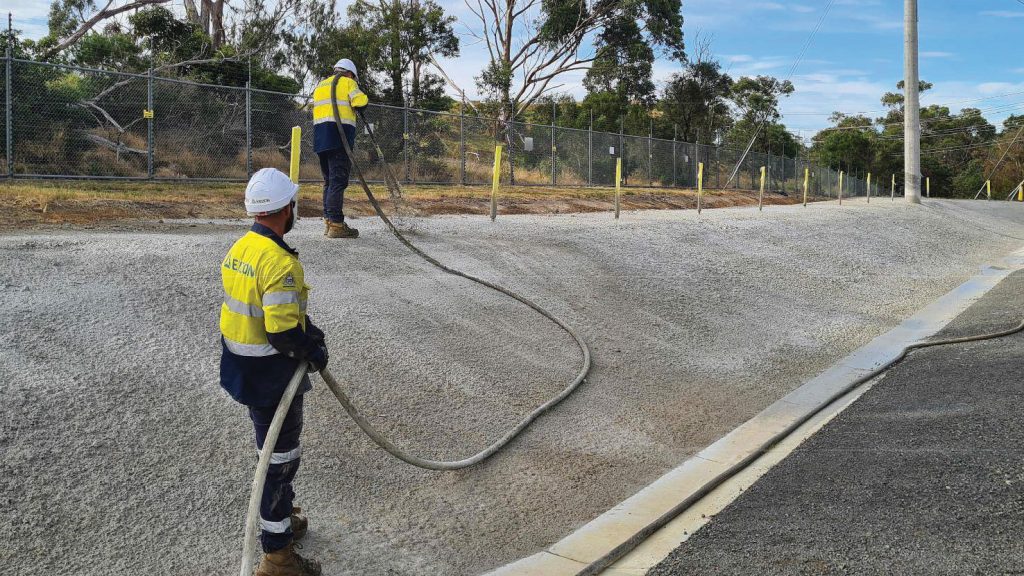
EcoArmour®: Erizon’s sprayable erosion control blanket
Australia’s unique landscapes and, at times, unpredictable climate, require specialised solutions to tackle erosion control. Enter EcoArmour® – Erizon’s synthetic, eco-friendly erosion control blanket that will combat the most diverse environments and weather – from dry, arid conditions to torrential wind and rain events.
Hydraulically applied, this synthetic erosion control blanket’s solution binds to the substrate in a matter of hours, providing a high-performing erosion control solution, capable of stabilising almost any surface.
When compared to conventional erosion control blankets, such as geosynthetic fabric, EcoArmour® is more effective, safer to apply, cost-effective, and is capable of up to 20+ years of functional longevity.
Download our EcoArmour brochure to learn more about this versatile product.
Cost-effective erosion blanket for vegetation, soil loss, and erosion
While most commonly used for slope protection and stabilisation projects, EcoArmour® is also an effective weed suppressant, can support levee stabilisation, repair damaged culverts and containment bunds, and prevent leakage in swales and drains.
An extremely adaptable and resilient solution, EcoArmour® also has the ability to:
- Adapt to specific project needs
Every project’s goal is different, so you need an erosion control method that is adaptable. EcoArmour®, for example, features a flexible membrane, meaning that it can support the growth of vegetation without removing the crust, or can be made water repellent to prevent vegetation through the addition of a hydrophobic polymer to the blend.
It is also tintable, with colouring agents able to be specified to complement the surrounding environment.
- Control soil erosion along roadsides and construction sites
EcoArmour® meets or exceeds all relevant transport and main roads specifications, including:
MRSW52* Erosion and sediment control
20601P* Geobinders
20605P* Erosion control blanket
Partner with an industry leader in erosion control
At Erizon, we source the most experienced specialists in the industry to engineer our sophisticated product range, all with Australia’s unique environment and conditions in mind. As such, our state-of-the-art erosion control solutions adhere to our core values of providing safe, effective and durable results that meet our client’s goals of excellence, designed specifically to suit sites across Australia.
Looking for an effective and affordable erosion control method with guaranteed success? Let’s talk!
*The State of Queensland (Department of Transport and Main Roads) 2021.
